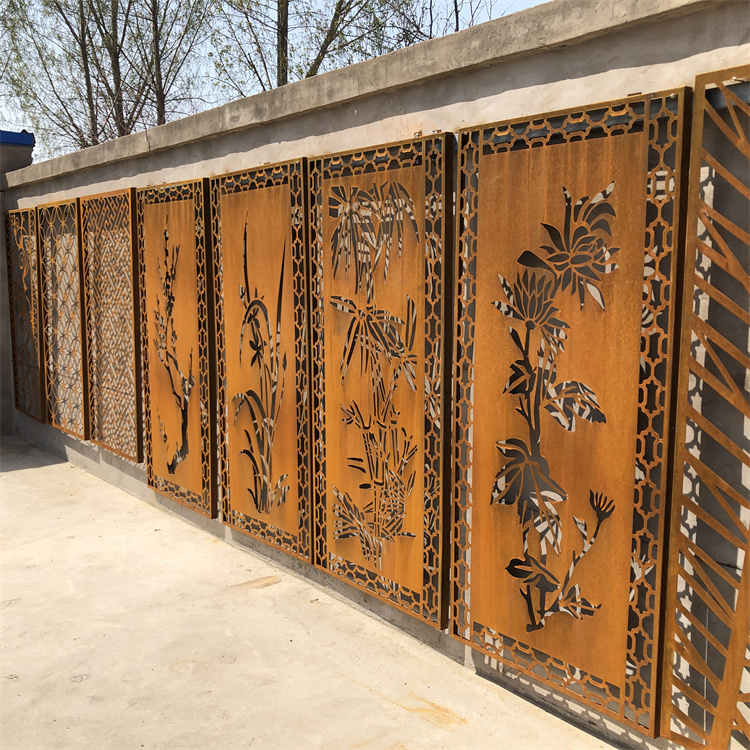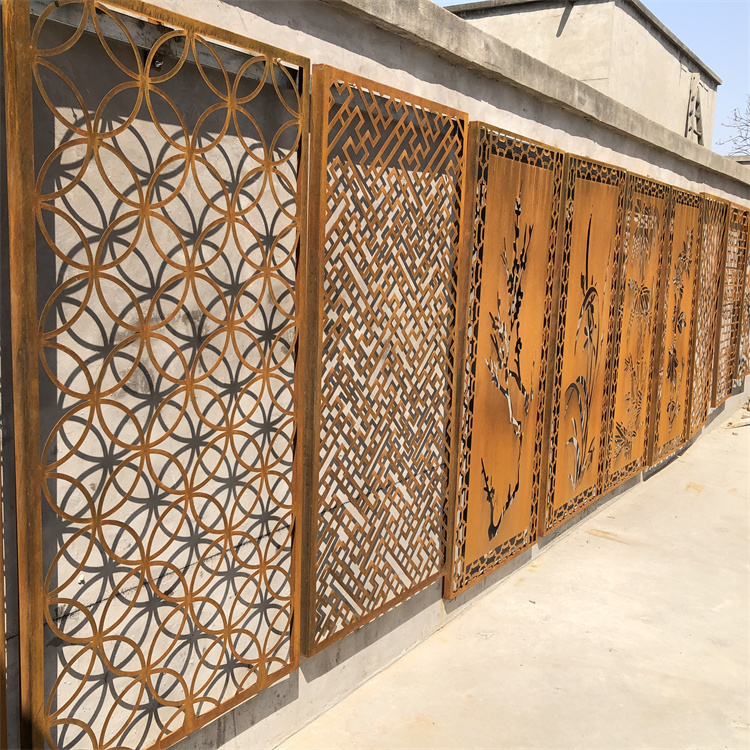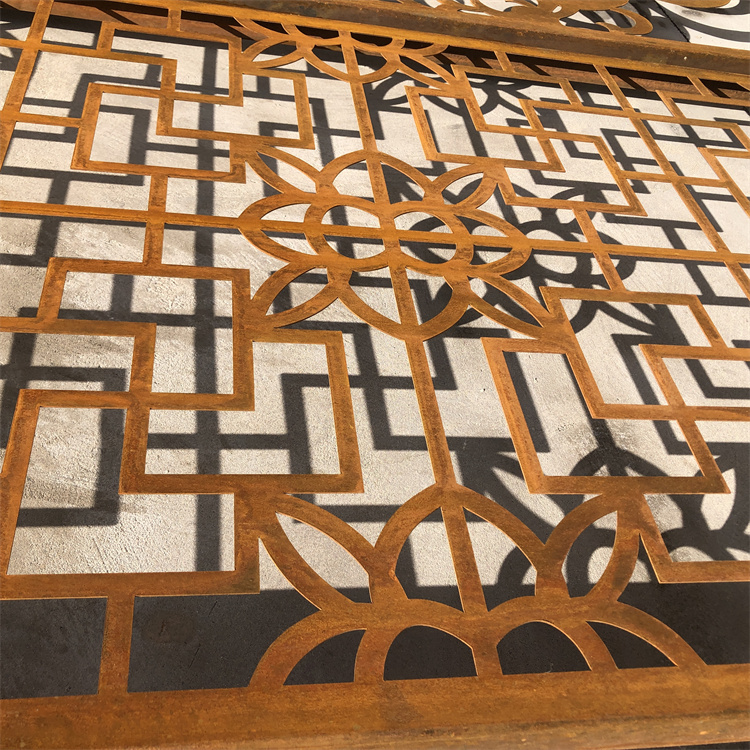In recent years, with the economic development, China's food import and export volume has gradually increased, and a large number of steel drums have been used for the packaging of food exports, of which steel buckets for holding honey, ketchup, and edible oils are the most. Due to the high requirements of foreigners on food hygiene, besides steel drums, the sealants on steel drums must also use fillers that are harmless to the human body and the food itself. However, as far as the author's investigations are concerned, most of the domestic manufacturers who manufacture edible cans do not use edible sealants. Since the sealant is sealed in the crimp, the food sealant is used in the finished product drum. There is no good way to test it. Only observe it in use.
As most of the steel drums produced in the past were used in chemical and other industries, there was not much requirement for sealants, but the seal was the principle. Therefore, the barrel manufacturers had already formed a habit. In addition, the sealants provided for the barrel manufacturers are also general-purpose. So far, there are no suppliers of sealants for food drums. This is also the reason why food drums do not have universal sealants for foods. One of the main reasons.
This article gives a general introduction to the requirements and formulation methods for sealants for steel drums for food, hoping to arouse the attention of the industry in order to improve the domestic situation.
First, the use of steel drum sealant for food <br><br><br><br><br><br><br> Food drum sealant for food curing film as a steel drum packaging container seal packing, filled in the bottom of the barrel (item) and the barrel body seam seam, when passing After crimping, the bottom of the barrel (item) and barrel body are tightly combined due to the compression of the film and the bead. It is very important to guarantee the sealing performance of the drum container, prevent the infiltration of external microorganisms and air, and enable the long-term storage of the drummed food without deterioration. Second, food quality requirements for steel drum sealants <br> In addition to the role of sealing, food drum sealants must also meet a series of mechanical, chemical and physical process requirements for steel drum production and food packaging. Therefore, it must also have other special conditions. The general requirements are as follows:
(1) It is required to be non-toxic and harmless. The film cannot contain substances that are harmful to the human body and must meet food hygiene requirements.
(2) It is required not to contain impurities, and it should have good plasticity, so as to facilitate filling the gap between the bottom (item) of the bucket and the crimping seam of the barrel body, thereby ensuring the sealing performance of the steel drum.
(3) It should have good adhesion and wear resistance when combined with the surface of the bucket.
(4) The film should have good heat resistance, water resistance, oil resistance, oxidation resistance, and other corrosion resistance, ensure that the food is hot and insoluble, does not fall off, and still maintain a good sealing performance, especially the thermal stability must be Good, otherwise it will melt at high temperatures, causing plastic flow within the barrel and contaminate the food. Third, the type and composition of sealants for food packaging containers <br><br><br><br><br><br><br><br><br><br><br><br><br><br><br><br><br><br><br><br><br><br><br><br><br><br><br><br><br><br><br><br><br> The liquid rubber used as the steel drum sealant is divided into water-based glue and solvent glue according to its different dilution conditions. Water-based adhesives are easier to formulate with ammonia glue, and they are cheaper and can meet various requirements. Generally, sulphurized latex is used in the country, and alginate latex is used in some places. The use of solvent glues is rare and is not recommended because of its toxicity.
The main component of ammonia glue is natural latex. It is a colloid composed of rubber particles suspended in an aqueous medium. The chemical structure of latex is isoprene C5H8 or isoprene polymer C10H16. The role of the straight sealant in the drum seal packing.
In addition, in the composition of the steel drum sealant, there are also a variety of other auxiliary materials as the compounding agent, such as sulfur, kaolin, casein, accelerator TMTD and so on. The compounding agent can improve the performance of the liquid glue. With the addition of various compounding agents, the sealant can better meet the requirements of the steel drum manufacturing process. At the same time, due to the addition of a large number of fillers, it is beneficial to reduce the surface tension of the latex, so that the glue can be evenly coated in the pre-winding groove at the bottom of the barrel when spraying.
IV. Technology for preparing steel drum sealant for food <br><br><br><br><br><br><br><br><br><br><br><br><br><br><br><br><br><br><br><br><br><br><br><br><br> vulcanized latex is a kind of ammonia glue, which is made of natural latex, sulfur, vulcanization accelerator, filler and other materials After the injection, it is dried, vulcanized, and the plastic film obtains good plasticity, abrasion resistance and oil resistance. Its preparation operation is safe and harmless to the human body. The food drum sealant is prepared as follows.
1. Liquid rubber preparation process shown in Figure 1, "red pigment" is edible amaranth, "flat plus" for the condensation of ethylene oxide and fatty alcohol, accelerator "TMTD" for tetramethyl disulfide Lamb, accelerator "D" is diphenyl hydrazine, accelerator "PX" is phenylethyl zinc disulfide carbamate, and "CMS" is carboxy starch.
2. Preparation of various auxiliary agents (1) Preparation of 16% casein solution: 2240 g of casein and 112 g of β-naphthol were ground into a fine powder and mixed with 1094 g of water in an enamel bucket and heated in a water bath to make the cheese absorb water. Soften (temperature about 70-80°C, time 1-2h), use stainless steel or glass rod to keep stirring without precipitation, then add ammonia water, continue stirring till completely dissolved into transparent clear solution, while hot, pour into paraffin oil to continue stirring 2 hour.
Fig. 1 Flowchart of liquid glue preparation process (2) Preparation of 50% emulsified paraffin oil: In an enamel bucket, 5000g of paraffin oil and 200g of oleic acid are mixed, 4600g of water and 20g of triethanolammonium are mixed. If it is room temperature, it can be heated to about 30°C with water to make a transparent liquid. The two liquids are then mixed and stirred well in a blender to form a milky white emulsion.
(3) Preparation of 46.45% Sulfur Dispersion: Pour 1800g of sulfur, 50g CMC, and 2025g of water into a porcelain bowl of a roller mill (with a rotation speed of 48-50r/min and a size of 230x275mm), and add the porcelain ball to close the grinding. 30 -50h.
(4) Preparation of 30% accelerant TMTD dispersion: 900 g of CMC accelerator TMTD, 10 g CMC, and 2085 g of water were poured into a china altar of Xuan Roller Mill, and porcelain balls were added and closed for about 20 hours.
(5) Preparation of 30% accelerator D dispersion: 900 g of accelerator D, 45 g of CMC, and 2055 g of water were poured into a porcelain bowl of a roller mill, and a ceramic ball was added and closed for about 20 hours.
(6) Preparation of 35% accelerator PX dispersion: Pour 1400 g of accelerator PX, 33 g CMC, and 2567 g of water into a porcelain bowl of a roller mill, and add the porcelain ball to seal it for about 20 hours.
(7) Preparation of 43,27% zinc oxide dispersion: 2460 g of zinc oxide, 61.5 g of CMC, 3163.5 g of water were poured into a porcelain bowl of a roller mill, and porcelain balls were added to seal the mixture for about 20 hours.
(8) Preparation of 9% CMC solution: Put 30kg of water into the enamel bucket, add 150ml of ammonia water first, slowly add CMC, stir it while adding, continue to stir for 0.5-1h after adding 3.3kg, then add ammonia, stir To the solution into a completely transparent liquid. The liquid should be capped and stored to prevent the volatilization of ammonia, and the storage period should not be too long, otherwise the viscosity will drop.
3. Liquid glue formula Liquid glue formula is shown in Table 1. The formula water and 10% CMM solution can be increased or decreased according to the production needs and changes in room temperature. For example, on hot days, 10% CMC solution increases and water decreases; in winter, 10% CMC solution decreases, water increases. However, the adjusted total number of 32.5 kg remains unchanged.
Table 1 liquid glue formula
Serial number
Name
Quantity
Kg
%1 Coal Mine Kaolinite 65.00025.592 Flat Plus 1.0000.393 Red pigment 0.0500.024 Water 28.61012.651 616% Casein solution 14.000 5.51650% Emulsified paraffin oil 10.0003.94746.45% Sulfur dispersion 3.5001.38830% TMTD Dispersion 0.9000.35930 % D Dispersion 2.5000.971035% PX Dispersion 7.0002.761143.27% Zinc Oxide Dispersion 7.0002.7612 Natural Latex 82.00032.2813 Water 12.5004.911410% CMC Solution 20.0007.88 Total
$(function(){ $("#article img").attr("style","display: block;margin: 0 auto;"); })
1. All texts, pictures, audio and video presentations of “Source: China Packaging Network†are marked on this website, and the copyright is exclusively owned by “China Packaging Networkâ€. If you need to reprint, please indicate the source. Any media, website, or individual must indicate "source: China Packaging Network" when reprinting. Violators of this site will be held accountable according to law.
2. The manuscript reproduced and noted by other sources is intended to convey more information for readers and does not imply endorsement of its views or the authenticity of its contents. When other media, websites, or individuals re-publish from this site, they must retain the source of the manuscript noted in this site, and must not arbitrarily tamper with the origin of the manuscript and take legal responsibility.
3. If the reprinted version of this website involves copyright issues, please contact China Packaging Network immediately or by email.
Contact information
×![]()
 Welcome, '+oauth_user+' | Bind account | Logout Login' : 'Welcome to your visit| Please login| Wechat login| Free registration| Forgot your password?'; $('#destoon_member').html(destoon_member); $(' #destoon_cart').html(destoon_cart ? ' '+destoon_cart+'' : 0); $(function(){$("img").lazyload();});/*$('#back2top').click (function() { $("html, body").animate({scrollTop:0}, 200); });*/ function scrollx(p) { var d = document, dd = d.documentElement, db = d .body, w = window, o = d.getElementById(p.id), ie6 = /msie 6/i.test(navigator.userAgent), style, timer; if (o) { cssPub = ";position:"+ (pf&&!ie6?'fixed':'absolute')+";"+(pt!=undefined?'top:'+p.t+'px;':'bottom:0;'); if (pr != Undefined && pl == undefined) { o.style.cssText += cssPub + ('right:'+p.r+'px;'); } else { o.style.cssText += cssPub + ('margin-left: '+p.l+'px;'); } if(pf&&ie6){ cssTop = ';top:expression(documentElement.scrollTop +'+(pt==undefined?dd.clientHeight-o.offsetHeight:pt)+'+ "px" );'; cssRight = ';right:expression(documentElement.scrollright + '+(p r==undefined?dd.clientWidth-o.offsetWidth:pr)+' + "px")'; if (pr != undefined && pl == undefined) { o.style.cssText += cssRight + cssTop; } else {o.style.cssText += cssTop; } dd.style.cssText +=';background-image: url(about:blank);background-attachment:fixed;'; }else{ if(!pf){ w. Onresize = w.onscroll = function() { clearInterval(timer); timer = setInterval(function(){ // double select dd.scrollTop is 0 in order to fix xhtml resolution in chrome var st = (dd.scrollTop||db. scrollTop),c; c = st - o.offsetTop + (pt!=undefined?pt:(w.innerHeight||dd.clientHeight)-o.offsetHeight); if(c!=0){ o.style.top = o.offsetTop + Math.ceil(Math.abs(c)/10)*(c
Welcome, '+oauth_user+' | Bind account | Logout Login' : 'Welcome to your visit| Please login| Wechat login| Free registration| Forgot your password?'; $('#destoon_member').html(destoon_member); $(' #destoon_cart').html(destoon_cart ? ' '+destoon_cart+'' : 0); $(function(){$("img").lazyload();});/*$('#back2top').click (function() { $("html, body").animate({scrollTop:0}, 200); });*/ function scrollx(p) { var d = document, dd = d.documentElement, db = d .body, w = window, o = d.getElementById(p.id), ie6 = /msie 6/i.test(navigator.userAgent), style, timer; if (o) { cssPub = ";position:"+ (pf&&!ie6?'fixed':'absolute')+";"+(pt!=undefined?'top:'+p.t+'px;':'bottom:0;'); if (pr != Undefined && pl == undefined) { o.style.cssText += cssPub + ('right:'+p.r+'px;'); } else { o.style.cssText += cssPub + ('margin-left: '+p.l+'px;'); } if(pf&&ie6){ cssTop = ';top:expression(documentElement.scrollTop +'+(pt==undefined?dd.clientHeight-o.offsetHeight:pt)+'+ "px" );'; cssRight = ';right:expression(documentElement.scrollright + '+(p r==undefined?dd.clientWidth-o.offsetWidth:pr)+' + "px")'; if (pr != undefined && pl == undefined) { o.style.cssText += cssRight + cssTop; } else {o.style.cssText += cssTop; } dd.style.cssText +=';background-image: url(about:blank);background-attachment:fixed;'; }else{ if(!pf){ w. Onresize = w.onscroll = function() { clearInterval(timer); timer = setInterval(function(){ // double select dd.scrollTop is 0 in order to fix xhtml resolution in chrome var st = (dd.scrollTop||db. scrollTop),c; c = st - o.offsetTop + (pt!=undefined?pt:(w.innerHeight||dd.clientHeight)-o.offsetHeight); if(c!=0){ o.style.top = o.offsetTop + Math.ceil(Math.abs(c)/10)*(cCorten Steel Metal Garden Screens
Our designs and screens can have a variety of applications across your exterior landscape and outside living spaces,
Today`s trend towards infill modern housing can put you very close to your neighbours. With our screen panel you can create privacy in your BBQ or Spa pool areas. Or replace the traditional wooden fence palings with artistic and interesting design elements with designs from our range. Alternatively you can work with us to create a custom design or set of designs entirely your own.
The corten steel screen panel, perfect for garden and park . Different sizes and model can be made according to different demand
Normal size 900*2*1800mm,color will be rusty red.
Customized is acceptable, can in different color and different size.
It can be hung on the wall or fixed to the ground
| Name |
Corten Steel Metal Garden Screens |
| Material | Corten steel |
| Size | 900*1800mm |
| Steel thickness | 2mm |
| Packing | Pallet |



Packing
Packing will by pallet
Garden Screen Panels,Outdoor Privacy Panels,Metal Garden Screens,Outdoor Decorative Screens
Henan Jinbailai Industrial Co.,Ltd , https://www.jblfirepits.com